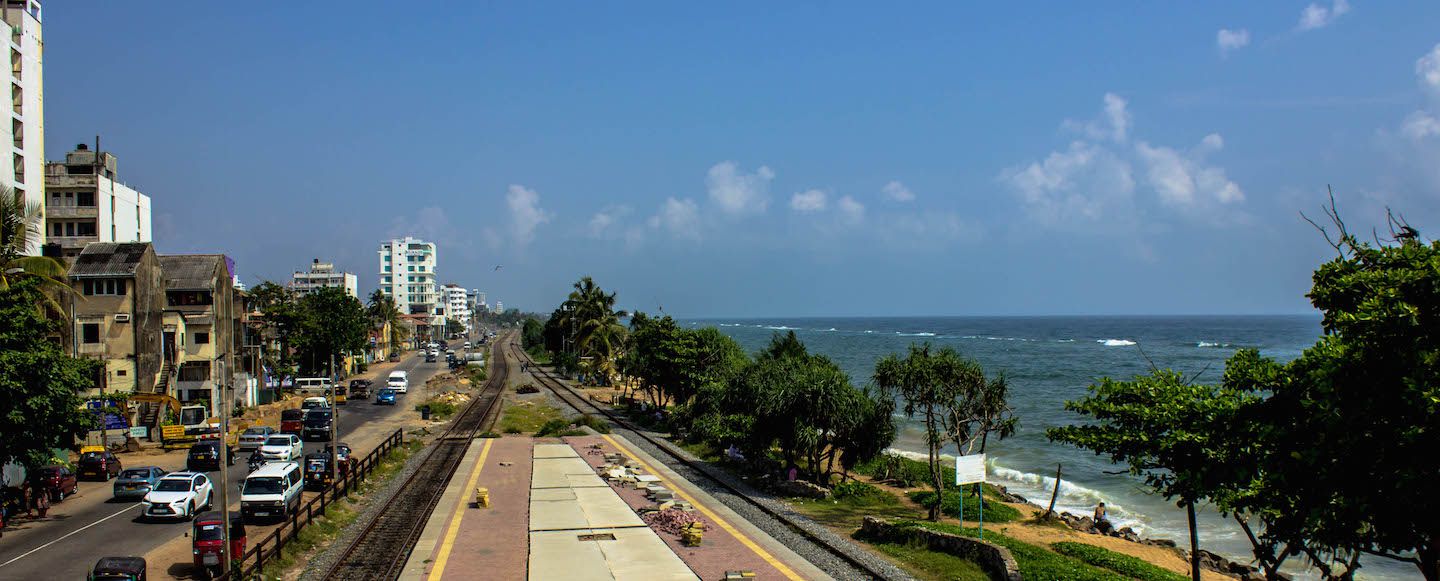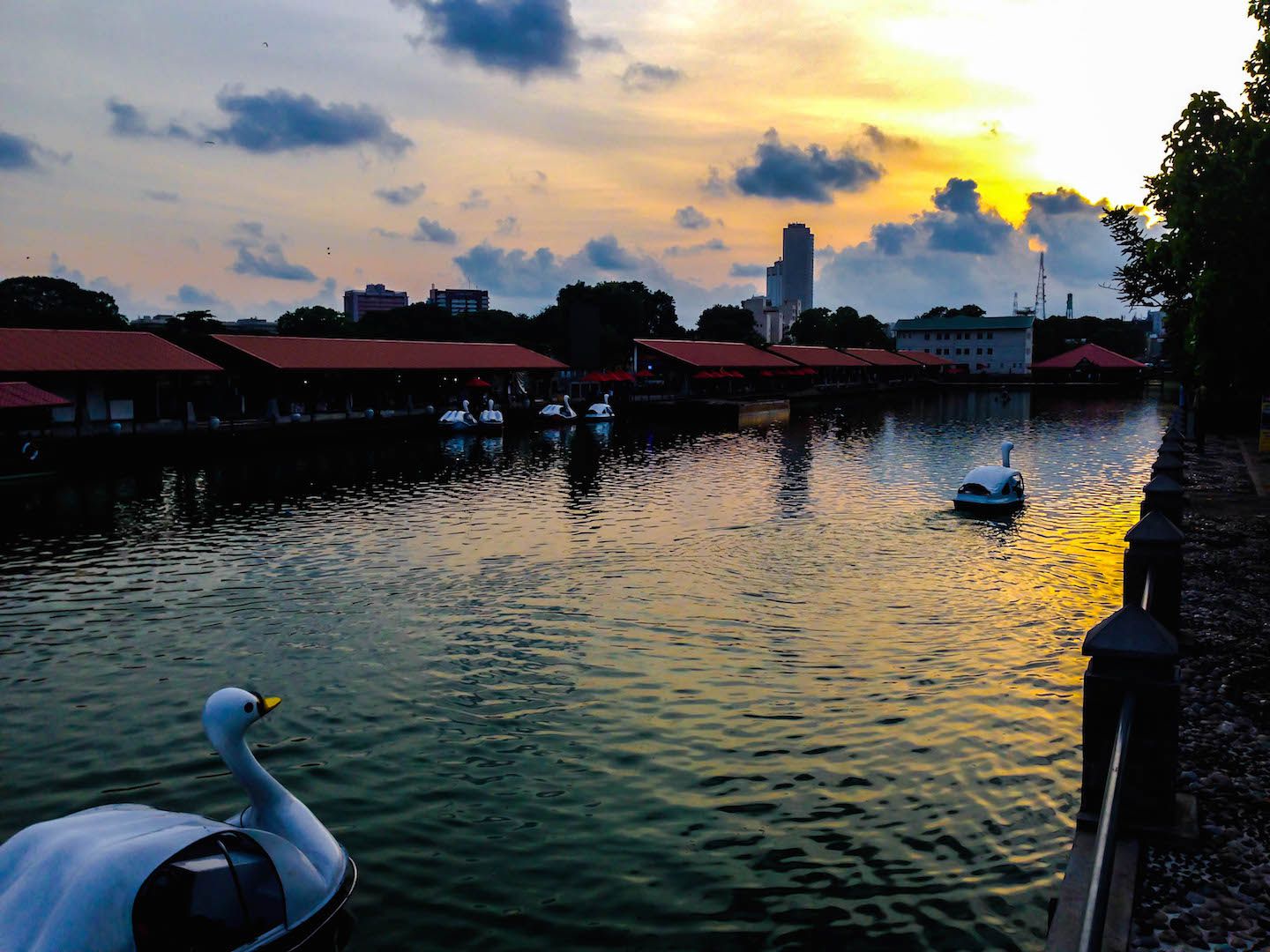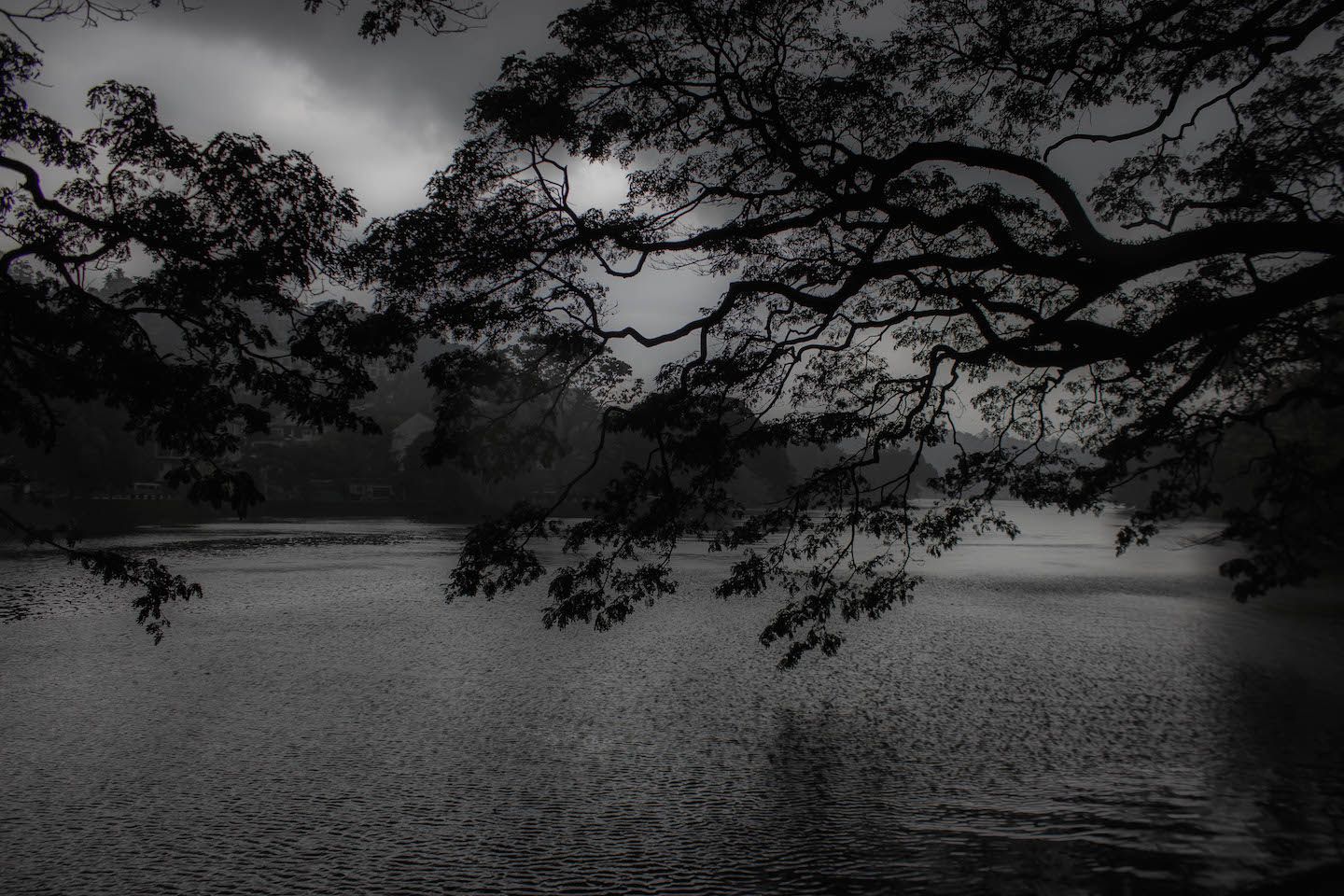With history dating back three thousand years, when the first Sinhalese monarchies began, it comes as no surprise that Sri Lanka is a country filled with rich culture. Even though its original Indian-influenced Buddhist roots endured over the centuries, despite many imperialists – the Portuguese, the Dutch and the British – and the quarter-century civil war, this tiny island in the Indian Ocean absorbed parts of the foreign culture to create a cultural mix of its own.
One must only go a short distance to see the great variety of colonial buildings, cuisine and art that Sri Lanka has to offer. Hop on what was perhaps the greatest British contributions to Sri Lanka, its scenic railroad network, for a journey back in time. On the way, enjoy a Buddhist holiday in the historic Portuguese area of Colombo, pass by rolling hills of tea fields to reach Buddha’s relic in Kandy and stop by a massive Dutch fort in Galle.

Colombo
With its strategic geographic position, favorable for trading, Colombo was the first European settlement in Sri Lanka. The Portuguese were the first to arrive and in a game of deception and manipulation, managed to take over the west coast of Sri Lanka, making Colombo its capital.

A walk around the fort area of Colombo reveals the Portuguese traces in the iconic architecture of the buildings. Most of which were under severe restoration in an attempt to regain attention from tourists. Nonetheless, the historic fort area was nice. The most memorable part of Colombo for us was experiencing Sri Lanka’s most important festival, the Vesak, celebrating Buddha’s birth, nirvana and death.

Instead of going to yet another Buddhist temple, we joined locals at the Galle Face, a grassy park overlooking Colombo’s exceptional coast line. With many food stalls serving snacks, traditional music playing and kites flying high in the skies, the whole place was colorful and festive.

Kandy
With a cooler and more relaxed climate than Colombo, Kandy is known for its misty green hills surrounding the centrepiece lake and the golden-roofed temple that houses Sri Lanka’s most sacred relic – the tooth of Gautama Buddha. The relic is displayed during puja, three times daily, and we attended the evening session. Dress code is strict within the temple grounds – no shoes allowed while legs and shoulders must be covered at all times for both men and women.

The main building of the temple was quite complex. With two floors, several galleries and thousands of people around, we got lost, not knowing where the relic was going to be displayed. At 6:30pm sharp, three men, bare-chested and wearing orange sarongs, started playing the flute and drums very loudly to announce the beginning of puja.

The crowd gathered around them and carefully watched as people walked in and out of the golden door, where we thought the relic was. At the same time, another line started heading upstairs, where locals were worshipping Buddha. At this point we had no idea if we were in the right spot for the relic showing.

After watching the music show for half an hour, we decided to join the line leading upstairs, where we stood for another half an hour. The relic showing was actually happening on the second floor! The tooth was kept inside a golden casket shaped like a stupa, with six others in diminishing size inside it, just like a Russian doll.

Locals made flower offerings and others joined the rushed line to see the casket, each person having all of one, maybe two seconds to see the relic. When we finally made our way to the end of the line, the doors were closed and the relic was officially out of sight. It was really disappointing and made us feel totally gypped, considering we paid to see the relic but never actually saw it. We also heard complaints from other tourists on the way out.

With the disappointing visit to the temple of the tooth, our favorite activity in Kandy remained hanging out around the lake. It looked good even during heavy rain!

Galle
Our last cultural stop in Sri Lanka was at the Dutch-influenced town of Galle. Bursting with colonial buildings inside its majestic fort, Galle is where classical architecture melds with a tropical setting to create a unique city.

The Galle Fort is still a living community that hosts many boutique hotels, fancy jewellery shops and picturesque cafes, to name a few. Just wandering through its small alleys made us feel like we were living in the colonial area all over again. From the top of the fort walls, we observed the old lighthouse and gazed at the ocean. It’s not hard to imagine the hundreds of ships en route to and from the Old World during the Age of Discovery.

Our time in Galle was short, but we certainly lived centuries of history here.

Sri Lanka is a deceivingly small country filled with culture, abundant natural beauty and friendly people. It was a big surprise to us (in a good way) and we have nothing but good memories of our two weeks here.
For more pictures from Colombo, Kandy and Galle, please visit the galleries!

